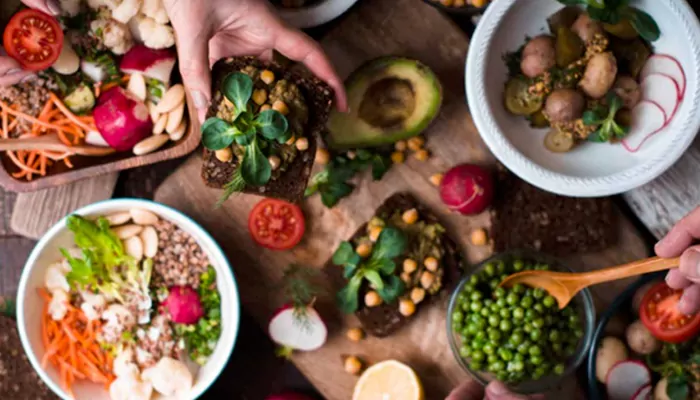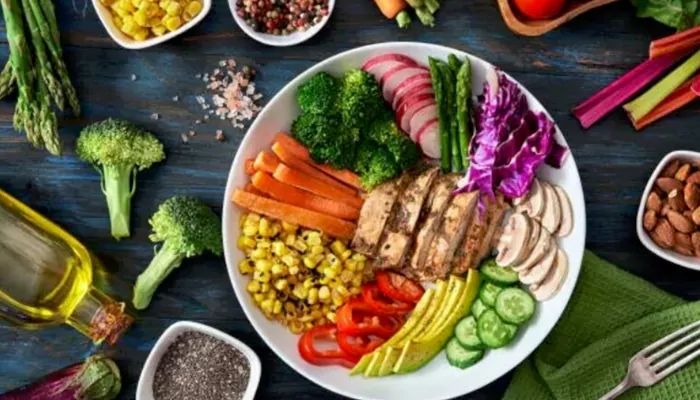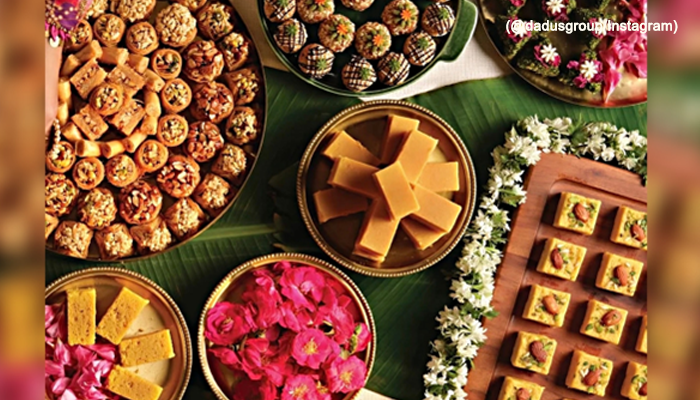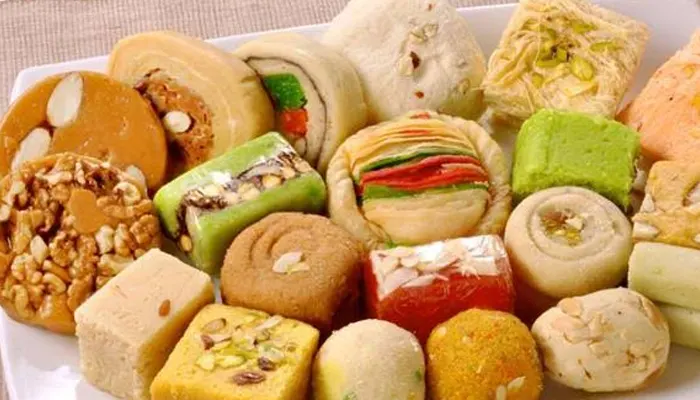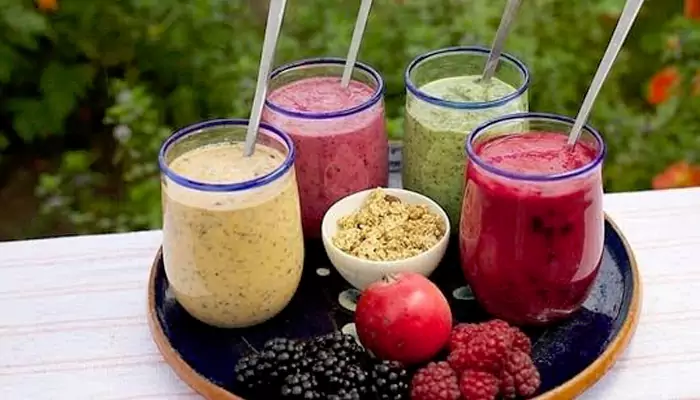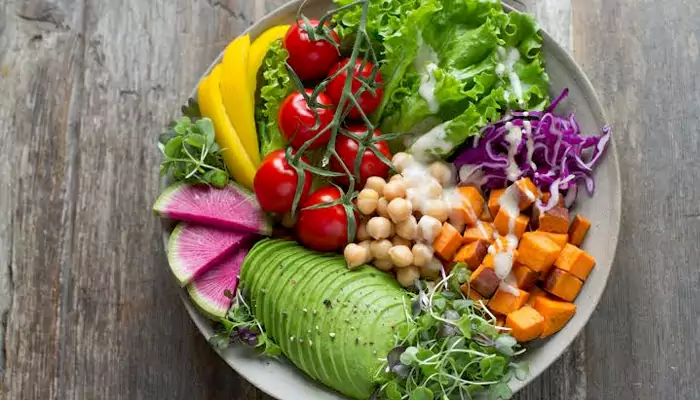The Art of Sourdough – Techniques and Tips For Creating the ‘Healthy’ Bread
- Admin
- 1 year ago
- 4 minutes read

In recent years, sourdough bread has made a remarkable comeback. This ancient form of bread, known for its tangy flavour and chewy texture, has captivated the hearts and kitchens of many baking enthusiasts. But what makes sourdough so special?
Sourdough bread traces its roots back to ancient civilizations, long before the advent of commercial yeast. Early bakers relied on wild yeast and lactic acid bacteria naturally present in the environment to leaven their bread. This method, known as natural fermentation, results in the unique characteristics of sourdough – a complex flavour profile, a slightly chewy crumb, and a beautiful, crusty exterior.
Today, sourdough has regained popularity not only for its taste but also for its perceived health benefits. Many people find sourdough easier to digest than other types of bread, and it has a lower glycemic index, making it a better option for sugar management. But before we dive into the health aspects, let's understand the basic techniques involved in making sourdough.
The Basics – Flour, Water, and Patience
At its core, sourdough bread consists of just three ingredients: flour, water, and salt. However, the process of turning these simple ingredients into a loaf of bread is anything but straightforward. The magic begins with a sourdough starter, which is a mixture of flour and water. It miraculously captures and cultivates wild yeast and good bacteria from the environment.
Creating and Maintaining a Starter
To create a starter, mix equal parts of flour and water in a jar and let it sit at room temperature. Over a few days, wild yeast and bacteria will begin to colonize the mixture. You’ll need to feed your starter regularly by discarding a portion and adding fresh flour and water. This feeding process maintains a healthy population of microorganisms, ensuring that your starter remains active and ready for baking.
Mixing and Autolyse
Once your starter is active, it’s time to mix the dough. Combine the starter with more flour and water, and let it rest for a period known as the autolyse. This resting phase allows the flour to hydrate fully and the gluten to develop, resulting in better dough structure and texture.
Kneading and Bulk Fermentation
After the autolyse, add salt to the dough and begin kneading. Unlike conventional bread, sourdough often benefits from gentle, stretch-and-fold techniques rather than vigorous kneading. Once the dough is well-mixed, it undergoes bulk fermentation – a period of several hours where the dough rises and develops flavour. During this time, the wild yeast and bacteria work together to produce carbon dioxide, which leavens the bread, and lactic acid, which contributes to its characteristic tang.
Shaping and Proofing
After bulk fermentation, shape the dough into loaves and allow it to proof, or rise again. This final rise can take place at room temperature or in the refrigerator for an extended period (known as cold proofing). Cold proofing slows down fermentation, allowing the flavours to develop further and making the dough easier to handle.
Baking
The final step is baking. Preheat your oven and, if possible, use a baking stone or Dutch oven to create a hot, steamy environment. This helps achieve the perfect crust. Score the top of the dough with a sharp blade to allow it to expand properly in the oven. Bake until the bread is deeply browned and has a hollow sound when tapped on the bottom.
Tips for Perfecting Your Sourdough
Patience is Key
Sourdough requires time and attention. Don’t rush the fermentation process; allow the flavours and textures to develop naturally.
Consistency Matters
Maintain a consistent feeding schedule for your starter to keep it active and healthy.
Experiment with Flour
Different flours contribute different flavours and textures. Whole grain flours add complexity, while white flours produce a lighter crumb.
Mind the Temperature
Fermentation times can vary based on room temperature. Cooler environments slow fermentation, while warmer ones speed it up.
Hydration Levels
Adjust the water content based on the type of flour and the humidity of your environment. Wetter doughs can produce a more open crumb but are trickier to handle. Sourdough baking is as much an art as it is a science. It requires patience, practice, and a willingness to embrace the unpredictable nature of wild fermentation. The reward is not just in the delicious, tangy bread you create, but in the joy of mastering a skill that connects you to a tradition thousands of years old.

